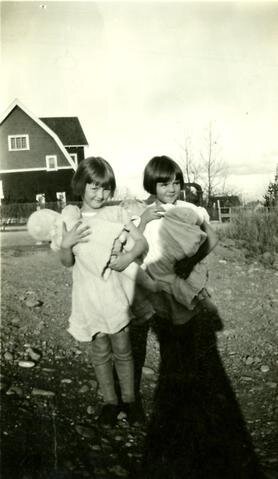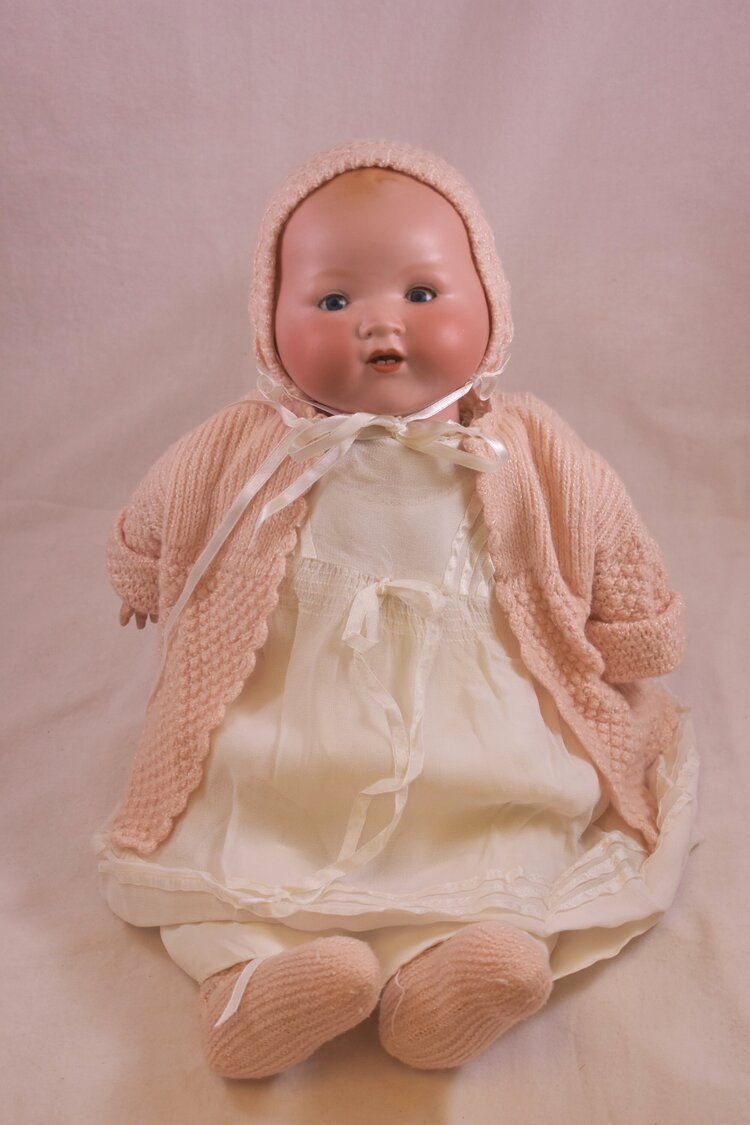The Uncanny Valley
The Uncanny Valley Hypothesis was first introduced by Masahiro Mori in 1970, as it applied to robotics and Artificial Intelligence, but the hypothesis has often been applied to lifelike dolls. The Uncanny Valley Hypothesis states that as dolls or robots look more human, we feel more attracted to them, until they reach a point when they are too lifelike and then we are repulsed by them. This has been exploited by scary doll movies, and many people find dolls creepy. Mackin House has its very own “Creepy Baby” on display, (pictured above), the doll the school children love to hate.
And yet, dolls are considered one of the oldest toys. They have been used in rituals, as teaching aids, art forms, playthings, and as supernatural intermediaries. Advances in technology have influenced how they are made, and historical events and trends have impacted what they look like and who uses them.
Mackin House Museum’s collection of dolls is a rich representation of the history of dolls. Please enjoy this online exhibit designed to interest collectors, doll makers, and people who just love dolls. We present this online exhibit with thanks to the Government of British Columbia.
Click the images for more information.

Inez Birtch and a friend, holding their dolls, Coquitlam, circa 1930s. City of Coquitlam Archives, CA CCOQ C4-S1-SS3-F01-MH.2006.49.1g

This doll belonged to Inez Birtch of Coquitlam. It is an Armand Marseilles Dream Baby.
